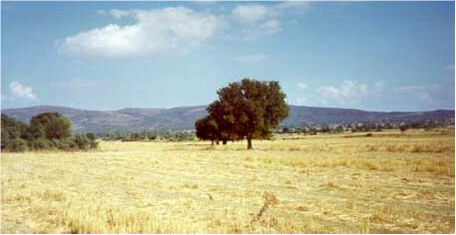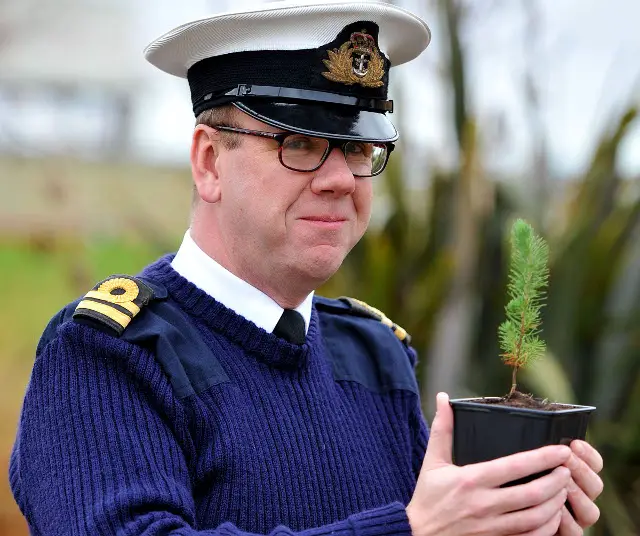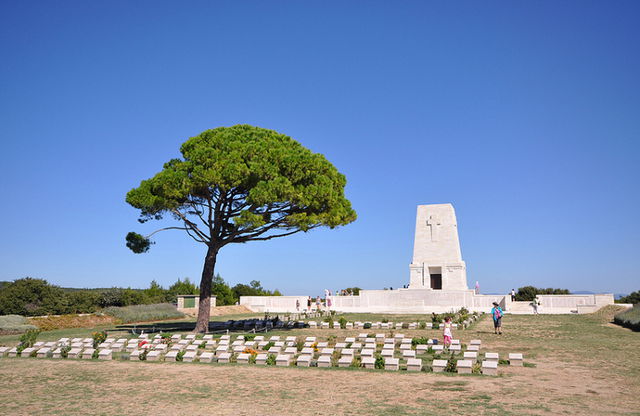Our thanks to Lieutenant Martin Heighway Royal Naval Reserve, of HMS KING ALFRED, for this insightful article about Islanders who took part in the Gallipoli campaign of the First World War. In his own words. Ed
2015 sees the Centenary of the Gallipoli campaign of the First World War.
Throughout the year commemorative events will be taking place both nationally and locally to Hampshire and the Isle of Wight, including the opening of a new warship into the Historic Dockyard in Portsmouth.
Isle of Wight Rifles, Princess Beatrice’s Battalion
The Isle of Wight has always played its part in the Maritime and Military history of the UK and the First World War was no different. However, for one local unit, the Gallipoli campaign was to have a terrifying significance.
The 1/8th Hampshire Regiment (Isle of Wight Rifles, Princess Beatrice’s Battalion), were a Territorial Army formation, raised after the invasion scares of the Napoleonic War era, and drawing their antecedence back to the Rifle Volunteer Companies that had existed in various locations across the Island in the 19th century.
‘Isle of Wight Gurkhas’
As a Territorial Battalion, the ‘Isle of Wight Gurkhas’, as they were known, would have been designed predominantly for home defence.
Many Territorial units were asked to volunteer for overseas service, and most men volunteered, sometimes as entire formed units. It was due to this, therefore, that the 1/8 Hampshires found themselves sailing on 30th July 1915 aboard the White Star Line RMS Aquitania to join the fighting in Gallipoli.
Attack on the Anafarta Ridge
The IOW Rifles were to play a part in the doomed Suvla Bay landings, landing on 10th August in support of an attack on the Anafarta Ridge. The inertia of senior officers in pressing forward the attack onto crucial high ground had meant that the Turks had managed to flood troops into a previously largely undefended area, beating the assaulting forces by 20 minutes. Once in situ, the Turks were able to effectively repel further attacks, with horrific efficiency.
On August 12th the Isle of Wight Rifles were part of the attacking force that attempted to capture Anafarta. The forces alongside the Isle of Wight Rifles included the 1/5 Battalion Norfolk Regiment, that included a company of men recruited from the King’s estate at Sandringham.
The subsequent disappearance of this entire company became the stuff of myth and legend, and was the basis for the 1999 BBC Drama ‘All the King’s Men’, starring David Jason.
The Ratsey brothers from Cowes
The Isle of Wight Rifles lost nearly 90 men killed in this action, but it is the immense loss to individual families and communities on the Isle of Wight that makes this day’s fighting stand out.

The Cap Badge of the 1/8 Hampshire Regiment (IOW Rifles)
Clayton and Donald Ratsey from Cowes, and scions of the famous Sail Makers company that still operates in Cowes, were both Captains in command of C and D companies respectively when killed at Suvla on 12th August.
Their younger brother, Stephen, of the same regiment, was also killed on April 19th 1917, at Gaza.
There are over 300 known cases from the First World War where two brothers died on the same day. In most cases, however, the deaths were in different theatres of war, so two together in one location such as the Ratseys, is somewhat unusual.
The Urry brothers from Newport
However, even more amazing is the case of Edward, Frederick, and William Urry, of Newport, who also died on August 12th whilst serving with B Company, Isle of Wight Rifles in the assault on Anafarta.
The Urry brothers are thought to be the only occasion from the First World War where three brothers died in the same action on the same day. Adding to the family tragedy, Edward’s brother-in-law William Richardson died in the same action.

The Suvla Plain, looking toward the Anafarta high ground
An examination of the Commonwealth War Graves Commission website shows that of the 86 entries corresponding to a member of the Hampshire Regiment who died on August 12th 1915, all 86 have no known grave and are commemorated on the Helles Memorial to the missing. A memorial to the Isle of Wight Rifles is to be found in the Chapel of St Nicholas, Carisbrooke, on a series of 14 panels either side of a bust of Charles the First.
The Isle of Wight Rifles were evacuated from Gallipoli in November, and later went on to fight in Egypt, Palestine and the Sudan, before being demobbed in 1920.
Memorial tree project
Lieutenant Martin Heighway of HMS KING ALFRED in Portsmouth is currently co-ordinating a project to plant a series of memorial trees across the Hampshire and Isle of Wight areas as living memorial to those who died in the Gallipoli project.

Anyone interested in obtaining a tree sapling is invited to contact him via the HMS KING ALFRED Facebook page or hmskingalfred.joto@royalnavymail.mod.uk
Youth Groups are particularly welcome to get in touch.





